I like amber in the form of chips, to me it is more convenient to store and use. Have to re-connect the fragments together.
The chaos appear strange and captivating images.
Among a variety of images in the style of Rorschach, the champions are penises (click),
but now instead of them there were strange baleen or horned animals.
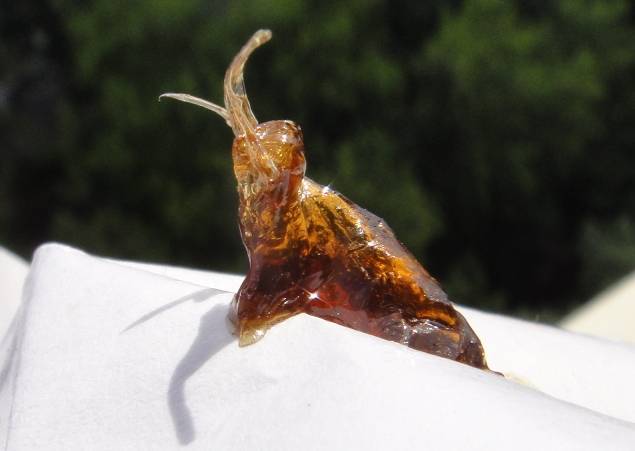
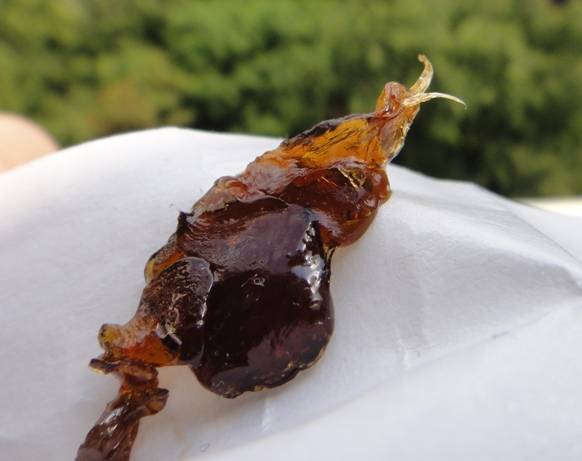
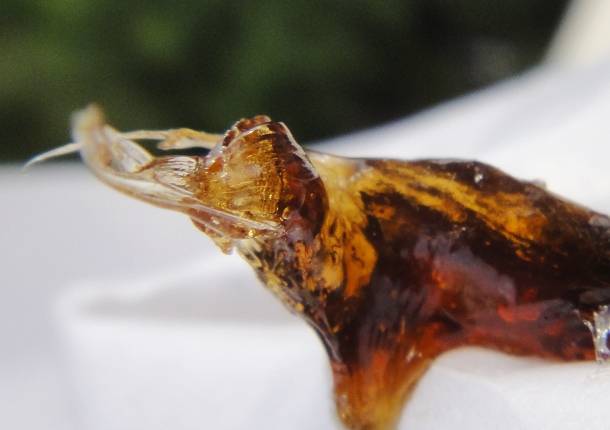
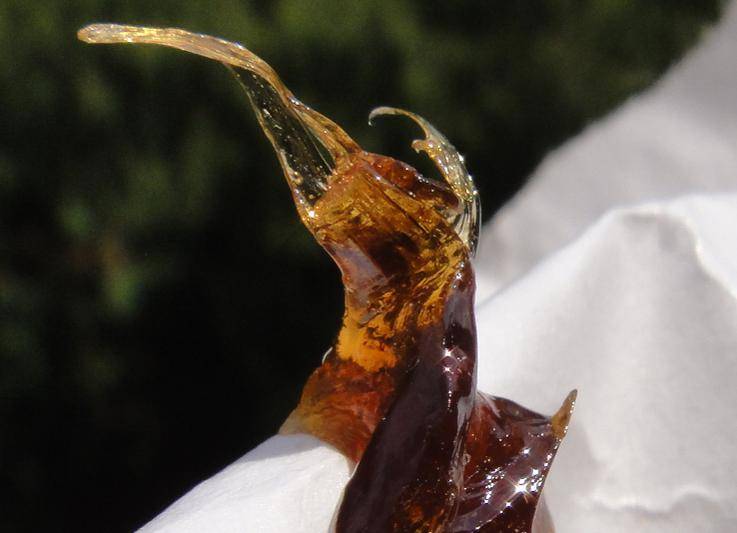
cuttlefish?
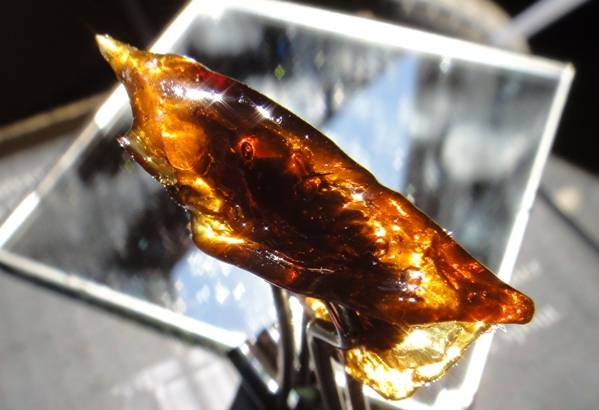
The chaos appear strange and captivating images.
Among a variety of images in the style of Rorschach, the champions are penises (click),
but now instead of them there were strange baleen or horned animals.
cuttlefish?
I see a dolphin! very beautiful!









